Are you curious about ancient civilizations and archaeological finds? Here are the archaeology museums you must see in Catalonia:
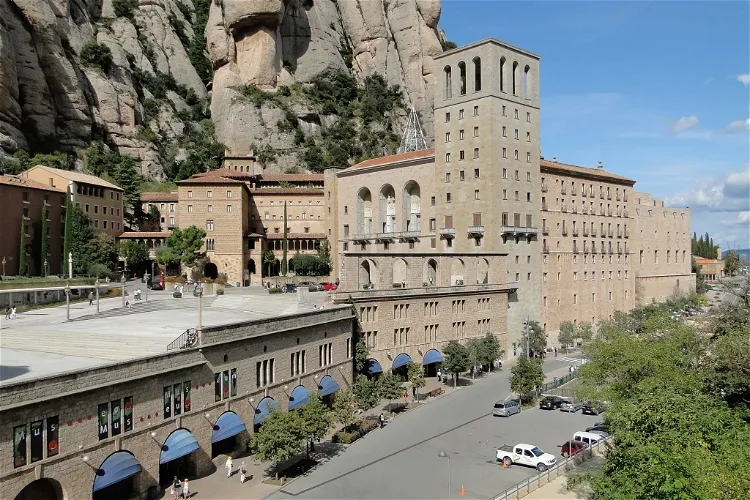
Montserrat Monastery
Monistrol de MontserratThe Montserrat Monastery, a Benedictine abbey, is situated in Catalonia. It is perched at an altitude of 720 meters on the eastern side of the Montserrat mountain, within the municipality of Monistrol de Montserrat. This location offers visitors a unique opportunity to experience the tranquility and beauty of the mountainous landscape while exploring the historical and religious significance of the monastery.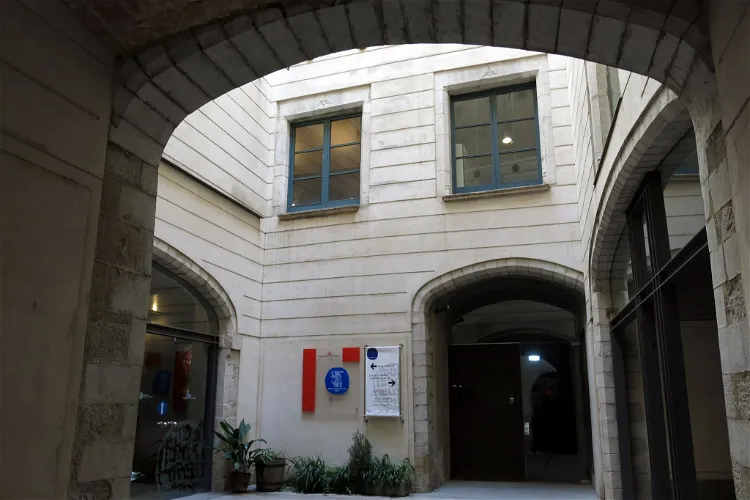
Museum of Jewish History
GeronaThe Museum of Jewish History in Gerona is situated in the Bonastruc ça Porta center, right in the heart of the Jewish quarter of Gerona. This location is steeped in history, providing an authentic backdrop to the museum's exhibits and collections.
Municipal Museum of Tossa de Mar
Tossa de MarThe Municipal Museum of Tossa de Mar is a significant cultural asset of national interest located in the town of Tossa de Mar in Catalonia. The museum's primary purpose is to display the works of artists who have stayed in Tossa de Mar, making it a rich repository of artistic heritage.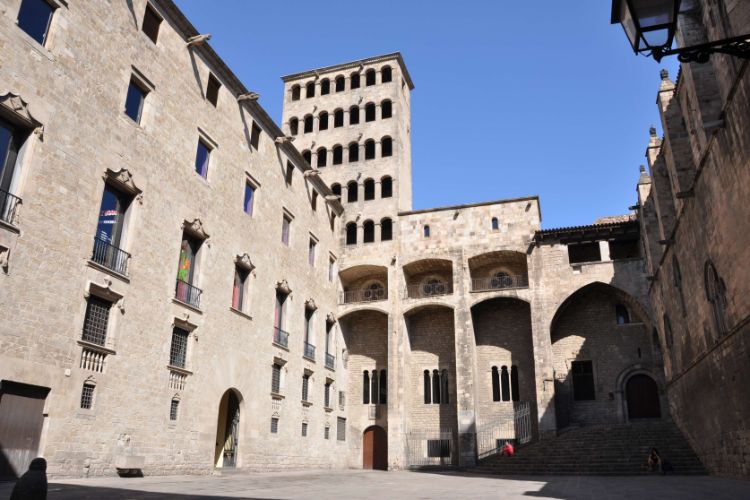
MUHBA Plaça del Rei
BarcelonaThe headquarters of the Barcelona City History Museum is situated in the three-story building. The museum lets you explore the remains of the ancient Roman city of Barcino. The museum consists of the archaeological underground and Palau Reial. The underground is all about the daily life in Roman ti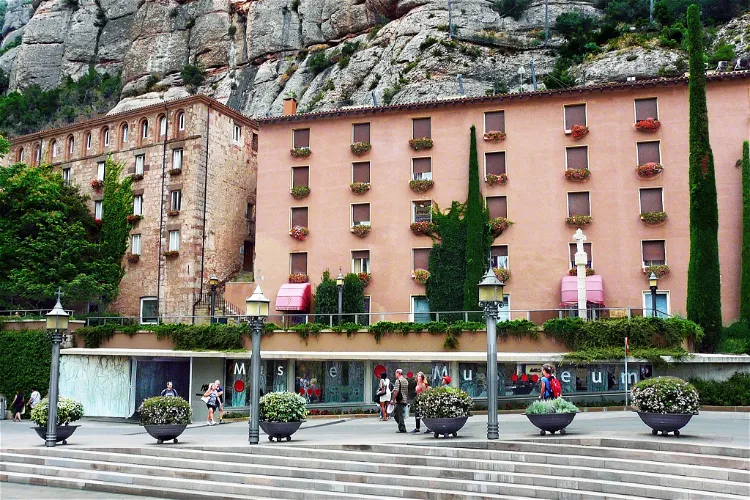
Museum of Montserrat
Monistrol de MontserratThe Museum of Montserrat is located within the Abbey of Montserrat, a thousand-year-old institution. It showcases a selection of the most outstanding artistic and archaeological heritage. This includes a wide range of collections, each unique and different, providing a comprehensive view of various historical periods and cultures.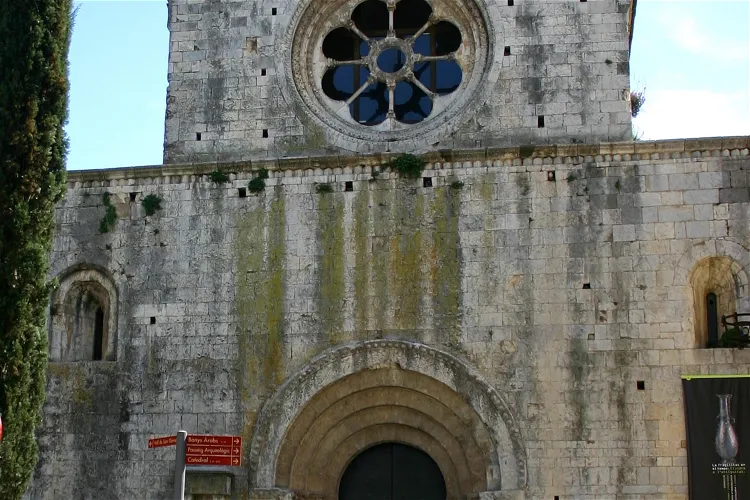
Archaeology Museum of Catalonia
GeronaThe Archaeology Museum of Catalonia in Gerona is housed in the historic monastery of San Pedro de Galligans. Established in 1857, the museum continues to operate from this location, offering visitors a unique blend of history and culture. The museum's setting in a former monastery adds a layer of historical significance to the artifacts on display.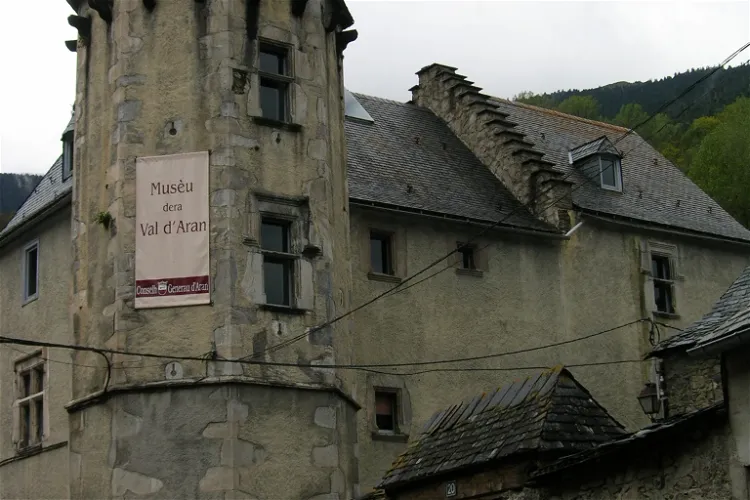
Musèu dera Val d'Aran
Viella Mitg AránThe Museo del Valle de Arán, also known as Musèu dera Val d'Aran, is a regional museum located in Viella. It is dedicated to the history, art, ethnography, and ethnology of the Aran Valley. The museum is housed in a late Gothic-style manor house known as the Torre del general Martinón. It also occupies the Casa Joanchiquet in Vilamós and the church of San Juan de Artiés. The museum's main objective is to preserve the Aranese culture in all its aspects, through the different stages and epochs of the Aran Valley.
National Archaeological Museum of Tarragona
TarragonaThe National Archaeological Museum of Tarragona, also known as Museu Nacional Arqueològic de Tarragona or MNAT, is a public museum situated in the city of Tarragona in Catalonia, Spain. The museum is home to a variety of elements and remains that reflect the city's rich history and heritage.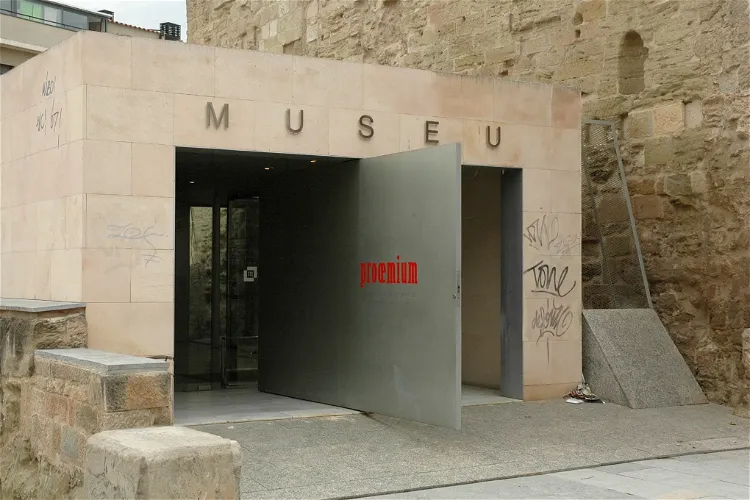
Lleida Museum
LleidaThe Lleida Museum, officially known as the Diocesan and Comarcal Lleida Museum, is a significant art and history museum situated in Lleida, Catalonia, Spain. It offers a rich collection of art and historical artifacts, making it a notable destination for those interested in art, history, and culture.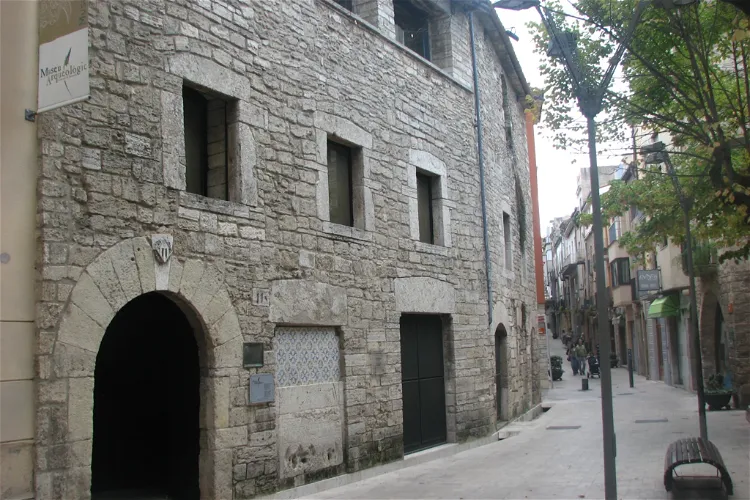
Banyoles Regional Archaeology Museum
BanyolesThe Banyoles Archaeological Museum (MACB) is a significant cultural institution located in the Pia Almoina building in Banyoles, Catalonia. The museum houses a vast collection of artifacts from various archaeological sites in the Pla de l'Estany region. These collections offer a comprehensive insight into the region's rich archaeological history, making it an interesting destination for those interested in history and archaeology.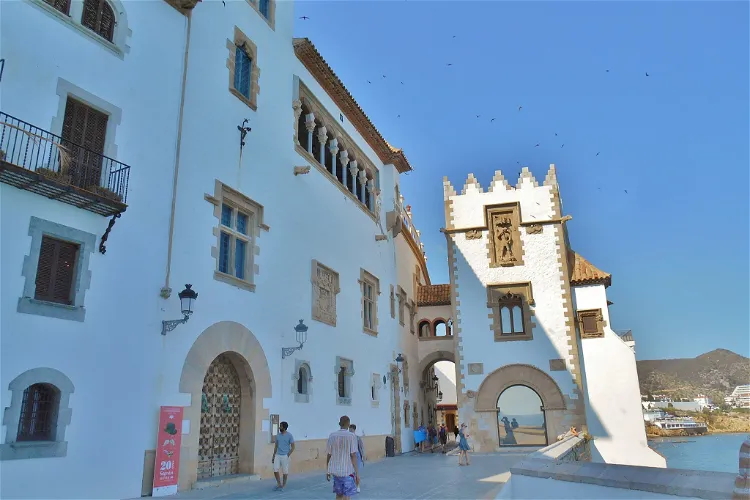
Maricel Museum
SitgesThe Maricel Museum, situated in the heart of Sitges, underwent a significant renovation and reopened its doors in 2015. This central location and its recent refurbishment make it an accessible and modern destination for tourists interested in art and history.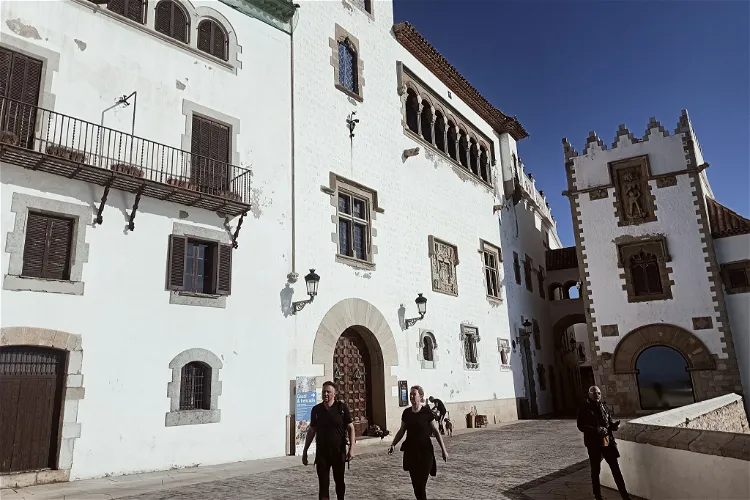
Cau Ferrat Museum
SitgesThe Cau Ferrat Museum, located in the picturesque town of Sitges in Catalonia, is a place of historical and artistic significance. Originally, it served as the home and workshop of the renowned artist and writer Santiago Rusiñol. This unique setting offers visitors a glimpse into the life and work of this influential figure in Catalan modernism.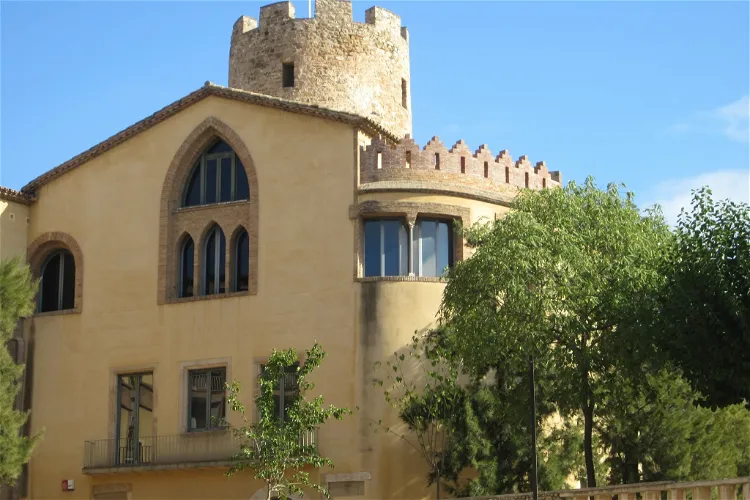
Balldovina Tower Museum
Santa Coloma de GramenetThe Balldovina Tower Museum in Santa Coloma de Gramanet is a multidisciplinary local museum. Its main objective is to protect, conserve, study, and disseminate the cultural and natural heritage of the territory. The museum collaborates with both public and private entities of the city to achieve these goals.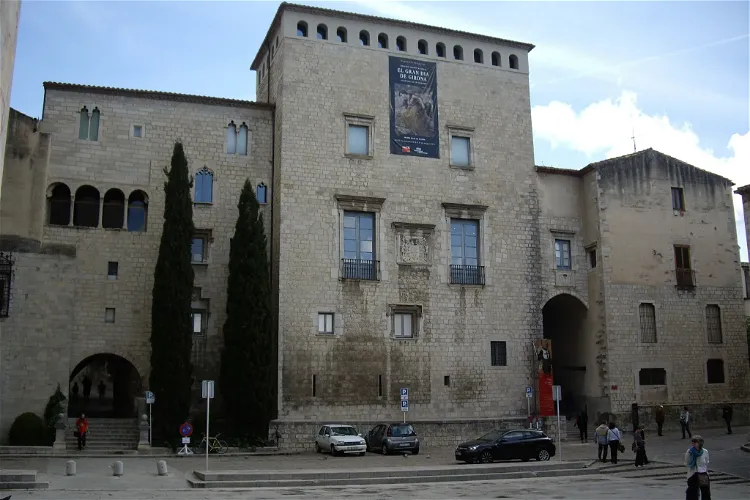
Girona Art Museum
GeronaThe Girona Art Museum, a public institution, was established in 1976. This was achieved by merging the collections of the provincial fine arts museum with those of the Girona Diocesan Museum. This merger resulted in a rich and diverse collection of artworks and artifacts, making the museum a significant cultural institution in the region.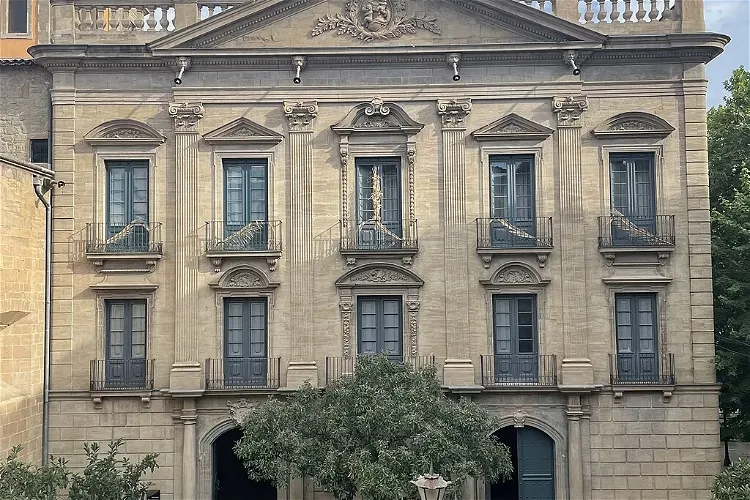
Museo Diocesano y Comarcal de Solsona
SolsonaThe Museo Diocesano i Comarcal de Solsona is an art and archaeology museum situated in Solsona, Catalonia, Spain. It is officially registered in the Registry of Museums of Catalonia, bearing the number 20. This museum is a significant destination for those interested in medieval art and archaeology.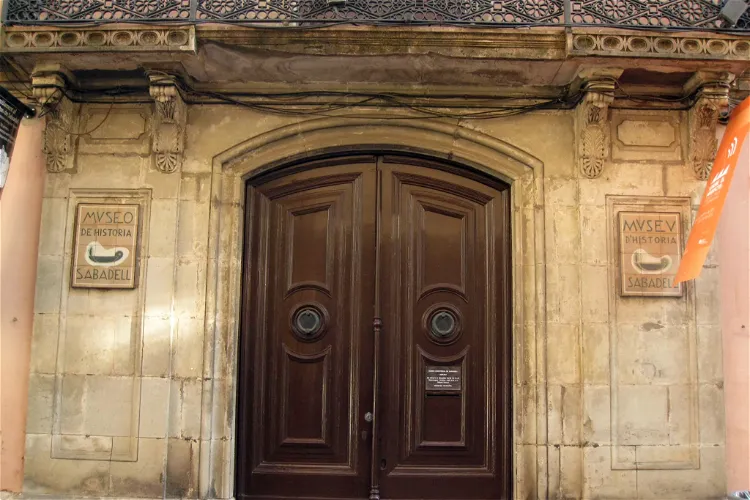
Sabadell History Museum
SabadellThe Sabadell History Museum is home to a variety of collections that delve into the city's archaeology, history, and ethnology. A significant focus is placed on the city's historical ties with wool manufacturing and the textile industry, offering visitors a unique insight into this aspect of Sabadell's past.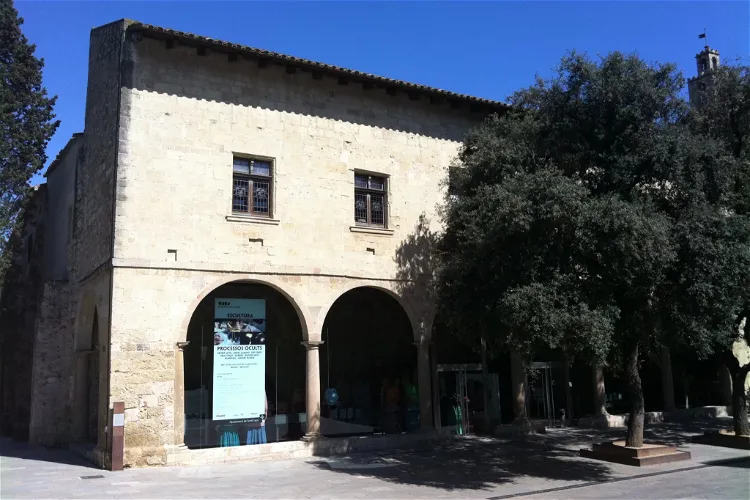
Sant Cugat Museum
Sant Cugat del VallèsThe Sant Cugat Museum, which opened its doors on 23 April 2003, is dedicated to the preservation and promotion of the historical, artistic, and cultural heritage of Sant Cugat del Vallès in Catalonia. As a visitor, you can explore the rich history and culture of the region through the museum's extensive collections and exhibitions.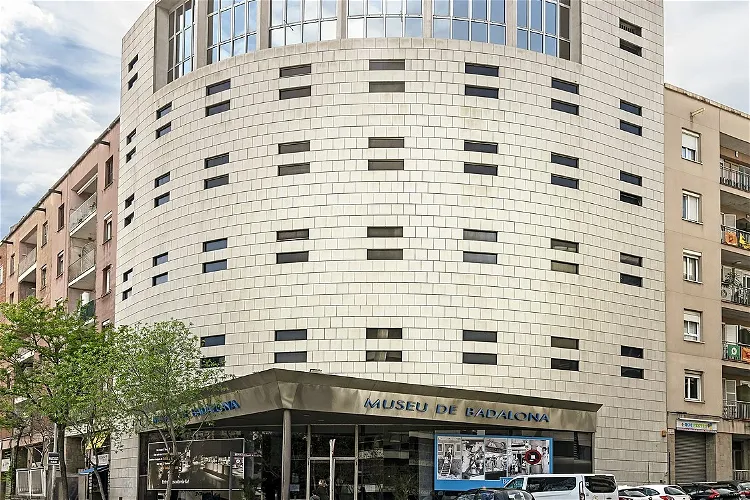
Badalona Museum
BadalonaThe Badalona Museum was founded in 1955, following the discovery of Roman baths by the local archaeologist and historian, Josep M. Cuyàs i Tolosa. This marked the beginning of the museum's journey, which has since become a significant cultural and historical site in the city.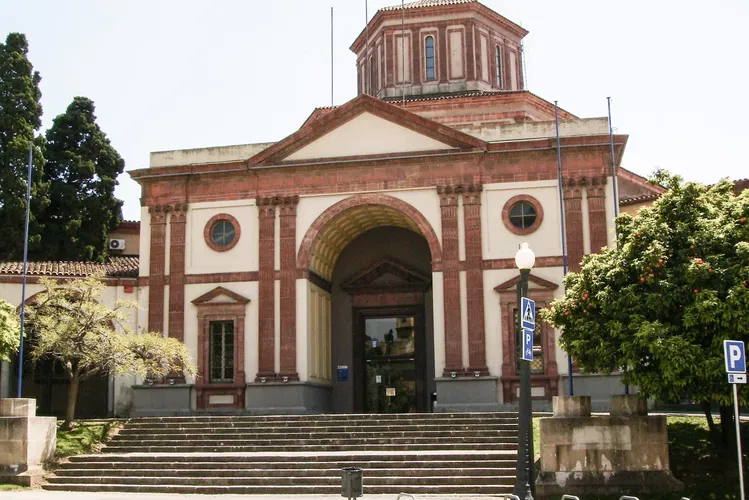
Ullastret
UllastretThe modern population of Ullastret is situated near the ancient Indika, the Iberian city of Ullastret. This city was once the capital of the Indigetes, an ancient Iberian tribe. The town's economy is primarily agricultural and tourist-based, with a population of 288 inhabitants.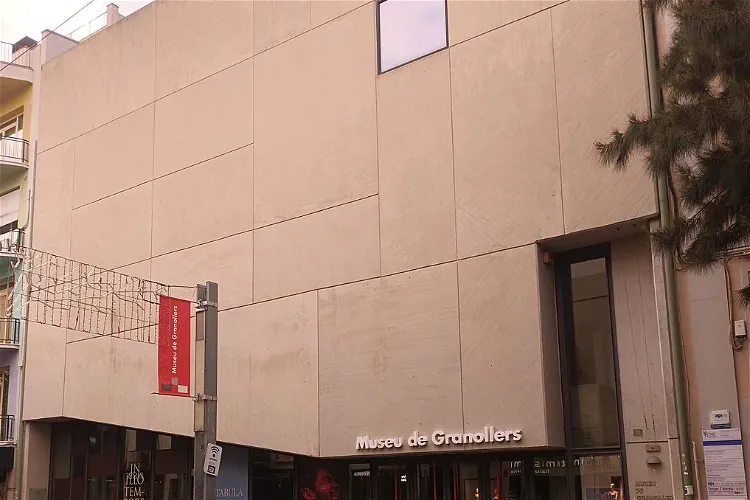
Granollers Museum
GranollersThe Granollers Museum, situated in Granollers, Barcelona, is home to a wide array of collections. These collections span across various fields such as archaeology, decorative arts, ethnography, numismatics, and art from different eras - ancient, modern, and contemporary. This diversity in the museum's collection offers visitors a comprehensive insight into the rich cultural and historical heritage of the region.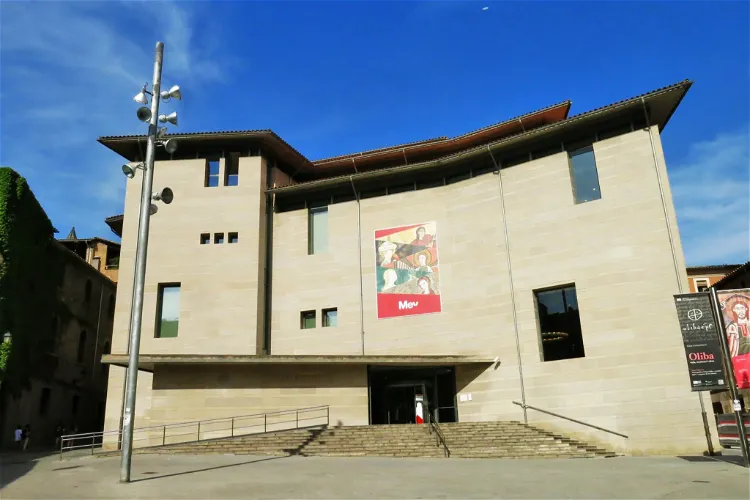
Episcopal Museum of Vic
FolguerolesIn 1995, under the architectural direction of Alfons Milà and Frederic Correa, the old school of Sant Josep, located next to the cathedral, was rebuilt to house the museum's large collections. This move was necessitated by the significant increase in the museum's collections. The new building was designed to accommodate the vast array of artifacts and works of art that the museum had acquired over the years.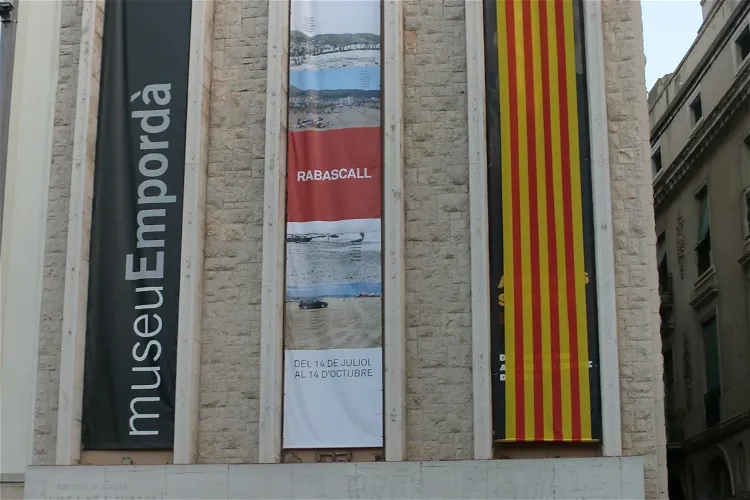
Museum of the Empordà
FigueresThe Museum of the Empordà is an art museum located in Figueres, a city in Catalonia, Spain. It is a destination for art enthusiasts and tourists alike, offering a rich collection of artworks from various periods and styles.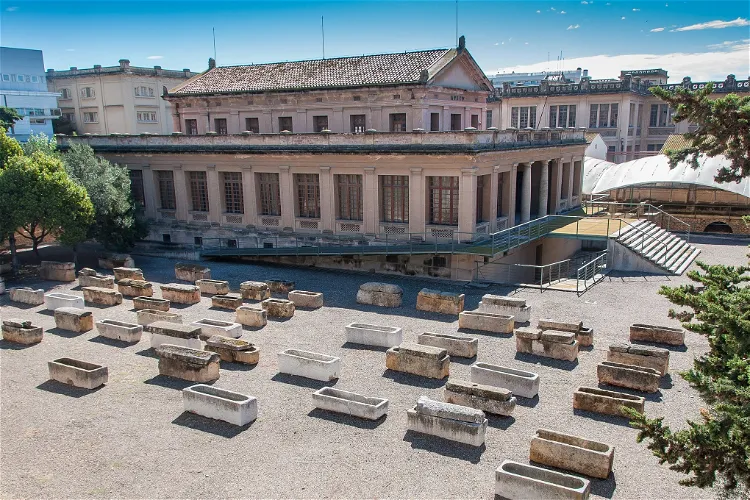
Paleo-Christian Necropolis and Museum
TarragonaVisit the archaeological museum and see an astonishing number of well-preserved Paleo-Christian tombs whose origin dates to the 3rd century.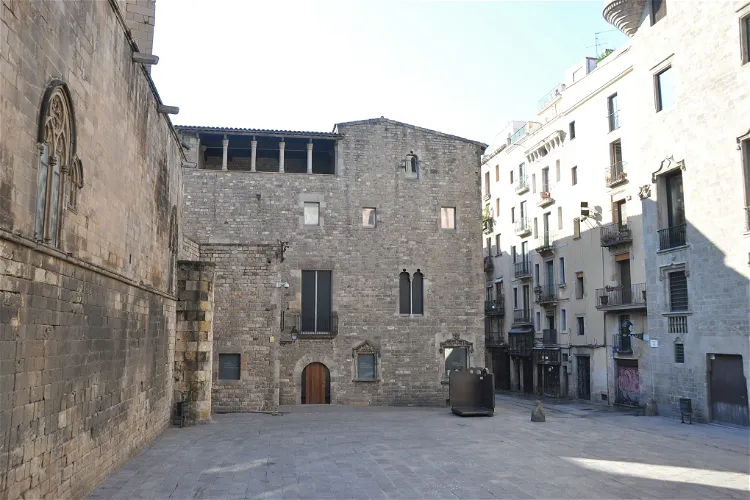
Museum of the History of Barcelona
La MasiaThe Museum of the History of Barcelona, also known as MUHBA, is a city institution that is dedicated to preserving, documenting, maintaining, and exhibiting Barcelona's cultural heritage from its beginnings to the present. The museum's collections include a wide range of artifacts and exhibits that provide a comprehensive overview of the city's history and cultural evolution. Visitors to the museum can expect to gain a deeper understanding of Barcelona's rich and diverse history.
Manresa Regional Museum
ManresaThe Manresa Regional Museum, officially known as Museu Comarcal de Manresa, is a multidisciplinary museum that was established on September 2, 1896. It was initially named the Archaeological Museum, Public Library and Permanent Artistic Industrial Exhibition. The museum is located in one of the rooms of the city's town hall building.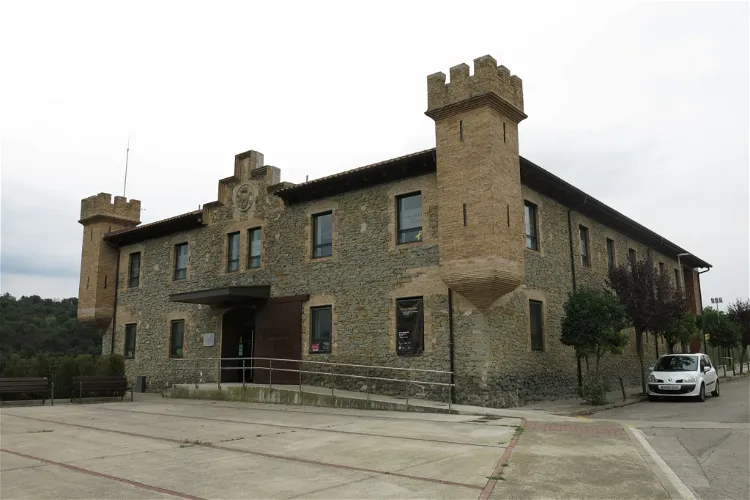
L'Esquerda Archaeological Museum
Roda de TerThe L'Esquerda Archaeological Museum, inaugurated in 1988, serves as a repository for materials unearthed from the archaeological excavations at the Iberian settlement of La Esquerda. The museum's primary aim is to make these findings accessible to the public, thereby providing a unique insight into the region's rich historical past.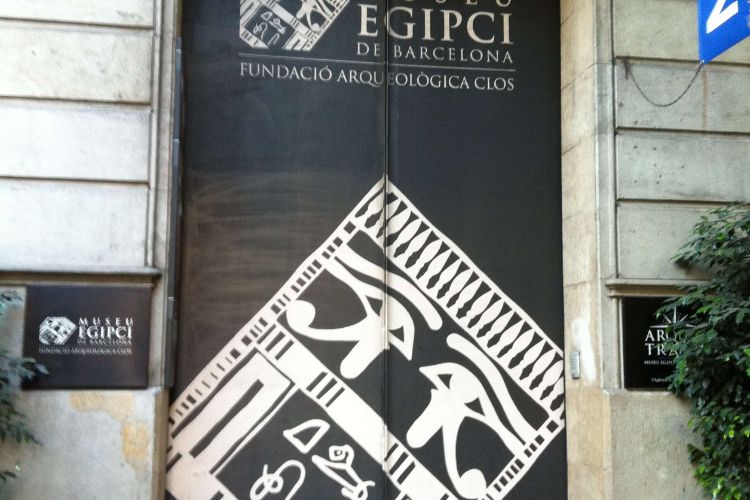
Museu Egipci de Barcelona
BarcelonaThe Museu Egipci de Barcelona houses a big collection of art and artifacts from Ancient Egypt.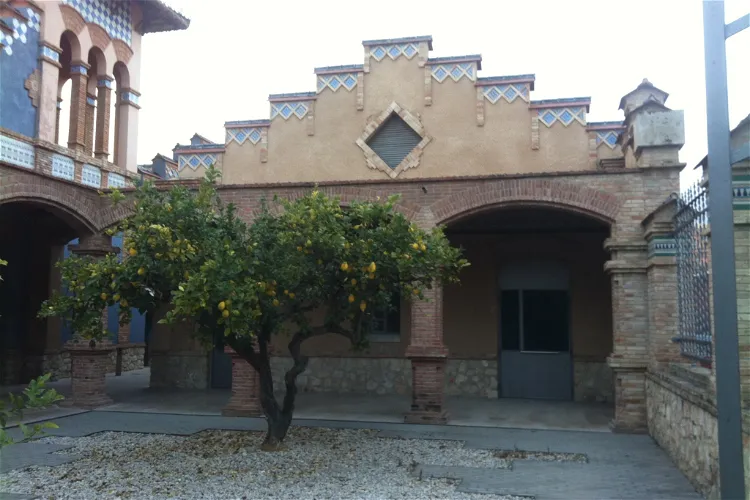
Tortosa Museum
TortosaThe Tortosa Museum, a cultural facility, was inaugurated in 2012. It is the successor of the old museum that was established in 1900 based on the discoveries of the architect Joan Abril i Guanyabens. This historical connection adds a layer of depth to the museum's significance, making it a place where visitors can appreciate not only the exhibits but also the rich history of the institution itself.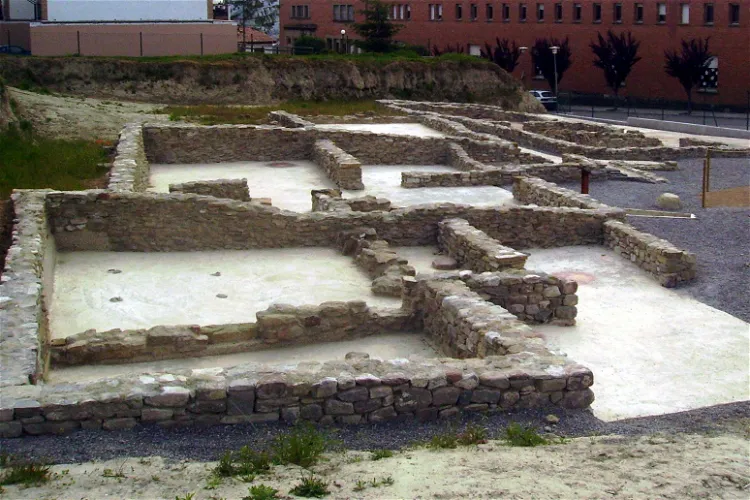
El Camp de les Lloses Interpretation Centre and Site
TonaEl Camp de les Lloses is a historical site that was once a Roman settlement. It is located in the area around present-day Tona, a town in the Osona region of Catalonia, Spain. The settlement was founded between the 2nd and 1st centuries BC, making it a significant part of the region's ancient history.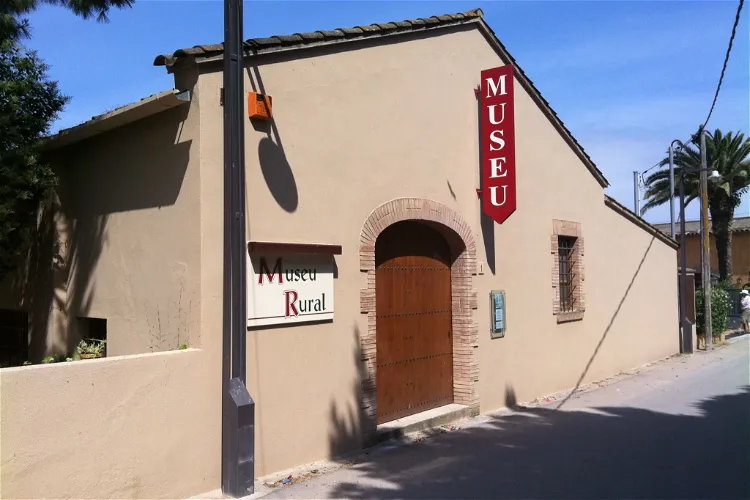
Rural Museum
Palau-satorPalau-sator is a quaint town located in the province of Girona, within the Autonomous Region of Catalonia. This municipality is not just a single town, but also encompasses the charming villages of Fontclara, Sant Feliu de Boada, Sant Julià de Boada, and Pantaleu. Each of these villages has its own unique character and history, making them interesting places to explore for tourists.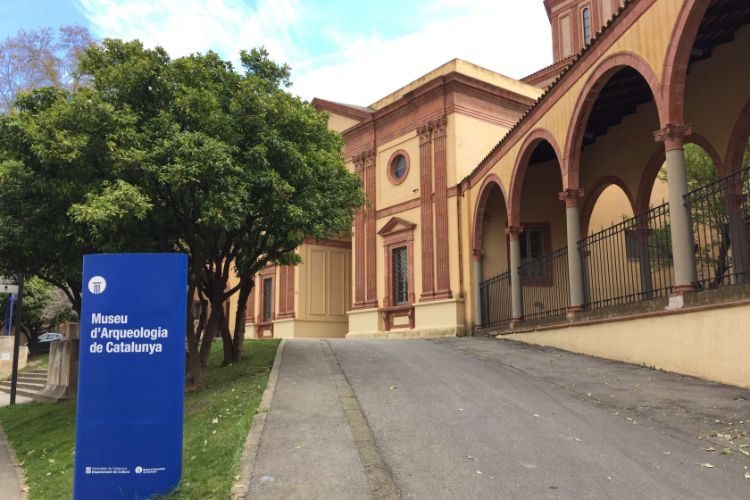
Museum of Archaeology of Catalonia
BarcelonaThe building of the Museum of Archaeology of Catalonia in Barcelona was designed by Pelagi Martínez i Patricio. The museum is structured into five different spaces: prehistory; protohistory, the Greek and Phoenician colonisations; the Roman Empire; and the Visigoths, the beginning of the medieval pe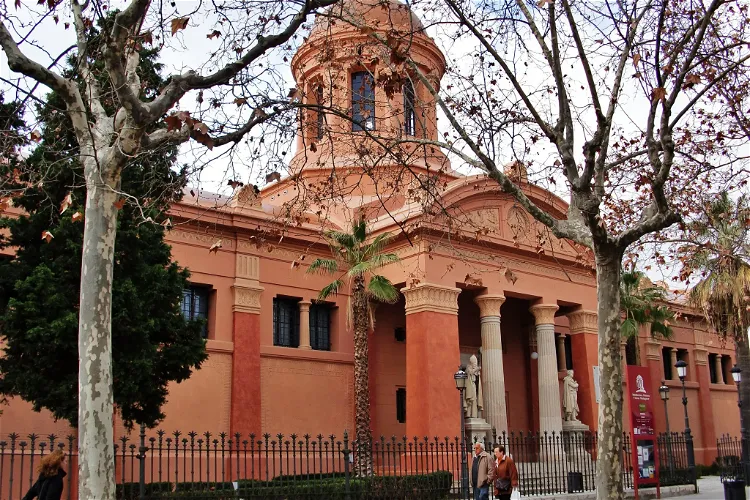
Biblioteca Museu Víctor Balaguer
Vilanova y GeltrúThe museum is home to the legacy of its founder, Víctor Balaguer. This includes a vast collection of books and various works of art that he amassed throughout his life. Visitors can explore a wide range of paintings, sculptures, ceramic and glass pieces, and ethnographic objects from distant cultures.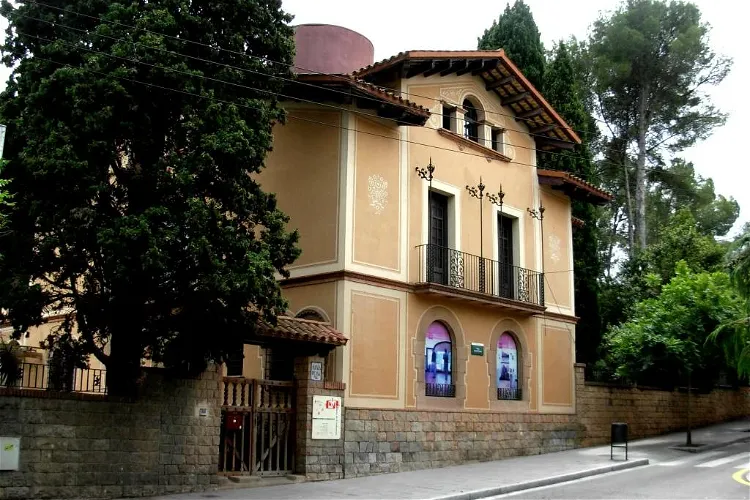
Cerdanyola Museum
Cerdanyola del VallésThe Cerdanyola Museum, situated in the Vallés Occidental region of Catalonia, is not confined to a single building. Instead, it comprises a collection of spaces scattered throughout the town. This unique approach allows visitors to explore the town and its history in a more immersive way, as the museum is essentially the territory itself.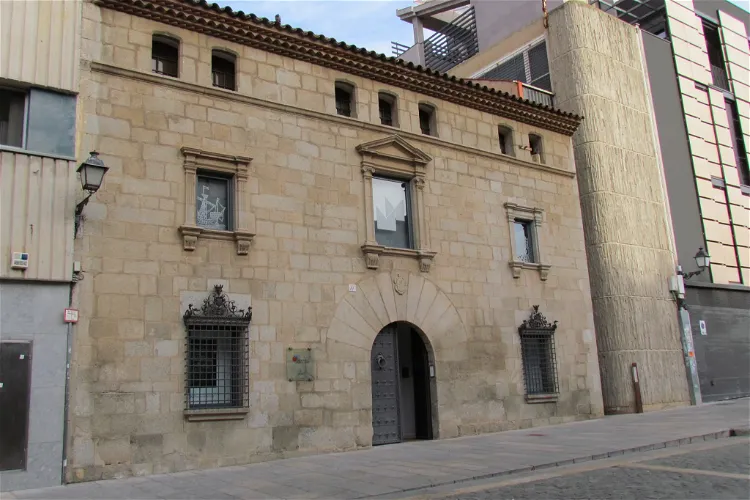
Mataró Museum
MataróThe Mataró Museum is a Spanish museum institution located in Mataró, a city in the Maresme region of Barcelona. The museum's headquarters are in Can Serra, a building constructed in 1565 that showcases the Renaissance architectural style. This historical building adds a unique charm to the museum, making it a fascinating place for tourists interested in history and architecture.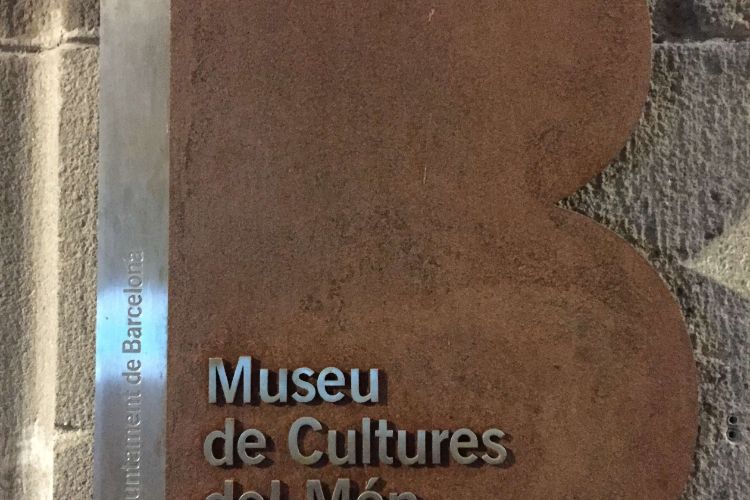
Museum of World Cultures
BarcelonaThe Museum of World Cultures showcases the artistic and cultural diversity of the peoples of Africa, Asia, America and Oceania. The museum brings together a selection of more than 30,000 objects from the Ethnology Museum and 2,356 works from the Folch Collection, the most important non-Western art c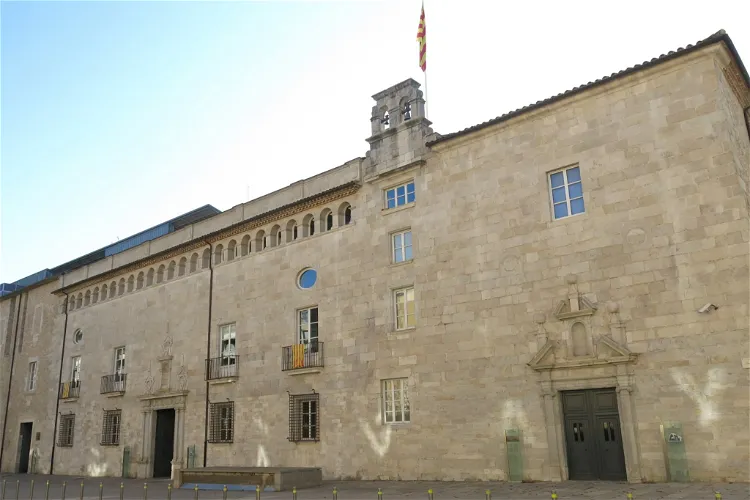
Antic Hospital de Santa Caterina
GeronaThe Antic Hospital de Santa Caterina is a significant historical site in Gerona, Spain. Constructed in the 17th century, it was originally built to cater to the city's population's needs. Since 2010, it has been serving as the headquarters of the Generalitat de Catalunya in the region. The hospital's functions were transferred to a new building in the neighboring town of Salt in 2009.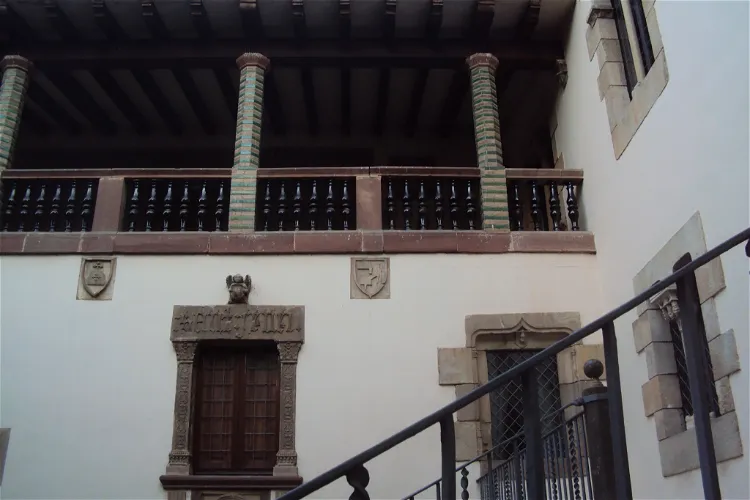
L'Enrajolada Santacana House-Museum
MartorellL'Enrajolada-Casa Museo Santacana, situated in Martorell, a province of Barcelona, is recognized as one of the oldest museums in Catalonia, Spain. The museum was established in 1876 by Francesc Santacana i Campmany and was later continued by his grandson, Francesc Santacana i Romeu. This historical establishment offers a glimpse into the rich cultural heritage of the region.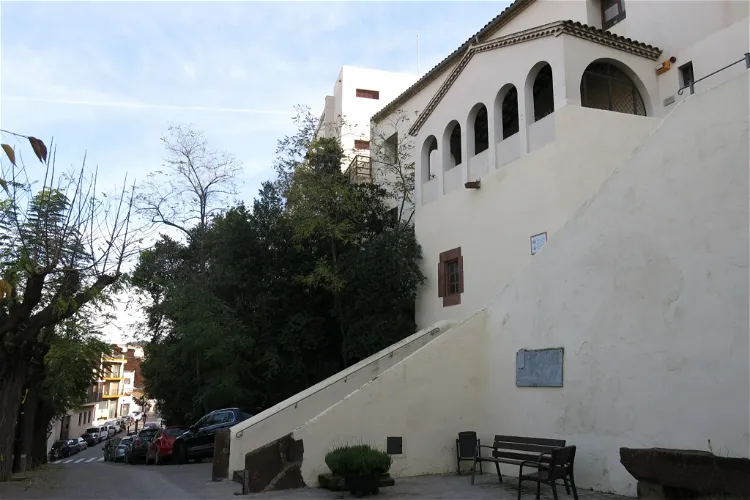
Vicenç Ros Municipal Museum
MartorellThe Vicenç Ros Municipal Museum, located in Martorell, is housed in part of the old Capuchin convent, a structure dating back to the 17th century. This historical setting adds a unique charm to the museum, making it a fascinating place to explore for those interested in history and architecture.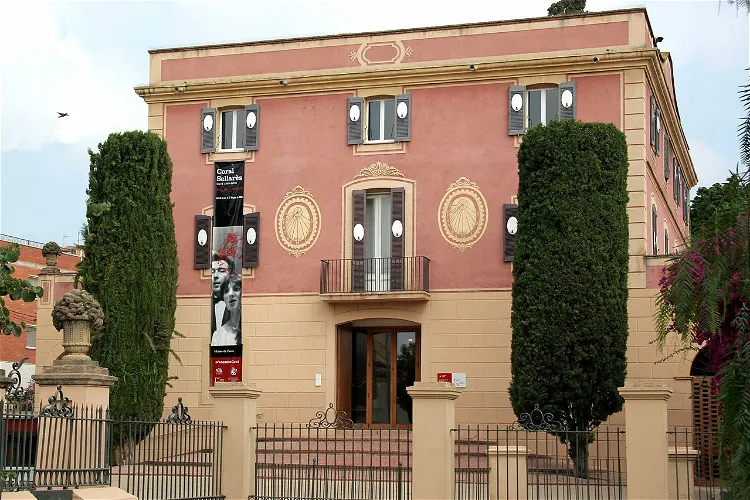
Gavà Museum
GavàThe Gavà Museum and the Gavà Mines Archaeological Park, established in 1978, are two distinct facilities that together form a unique cultural and historical experience. The museum is housed in the Lluc tower, a summer house built in 1799 by a bourgeois family. The park allows visitors to explore the prehistoric mines of Gavà, the oldest gallery mines in Europe.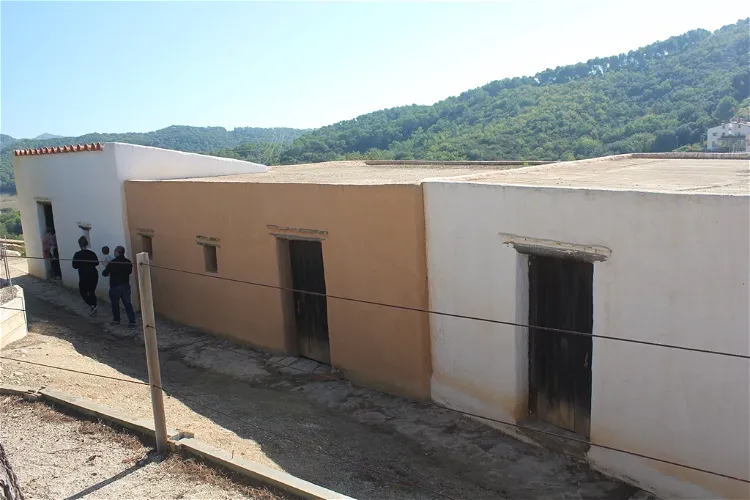
Ca n'Oliver Iberian Settlement and Museum
Cerdanyola del VallésThe Iberian settlement of Can Oliver, declared a Cultural Heritage of National Interest in 2017, is a significant archaeological site located in the Collserola mountain range. It is situated in the territory formerly known as Layetania, which is now part of the municipality of Sardañola del Vallés, specifically in the Montflorit neighborhood. This strategic location offers a panoramic view of the Vallés plain.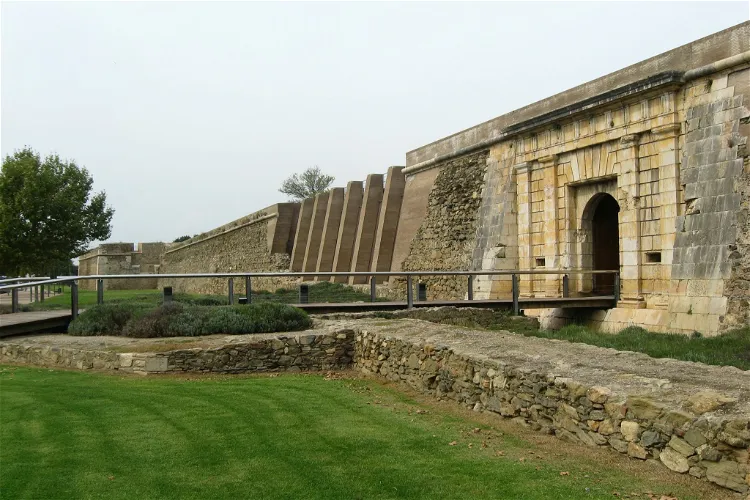
Ciutadella de Roses
RosesCiutadella de Roses, located in Roses, Catalonia, Spain, is a historical site featuring a ruined fortification. The site is surrounded by various other significant buildings, including the Castell de la Trinitat and the monastery Santa Maria de Roses. These structures offer a glimpse into the region's rich history and architectural styles.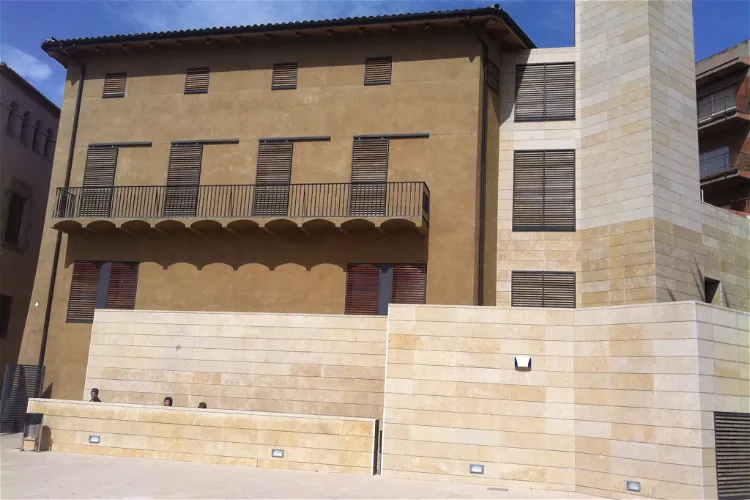
Sant Boi de Llobregat Museum
Sant Boi de LlobregatThe Sant Boi de Llobregat Museum is dedicated to the recovery, preservation, study, and invigoration of the cultural heritage and historical memory of Sant Boi de Llobregat. This mission is reflected in its diverse collections and exhibitions, which provide a comprehensive overview of the region's history and culture.
MUHBA Domus Avinyó
BarcelonaMUHBA Domus Avinyó is a domus that dates from the 1st and 4th Centuries A.D. with an ensemble of wall and ceiling paintings.- Online discount!44
MUHBA Domus de Sant Honorat
BarcelonaMUHBA Domus de Sant Honora is a Roman domus (a single-family house) that was built in the 4th century A.D. Part of the central garden has been conserved with several tanks containing water and plants. From here visitors can access the different rooms, many of which are decorated with polychrome mosa